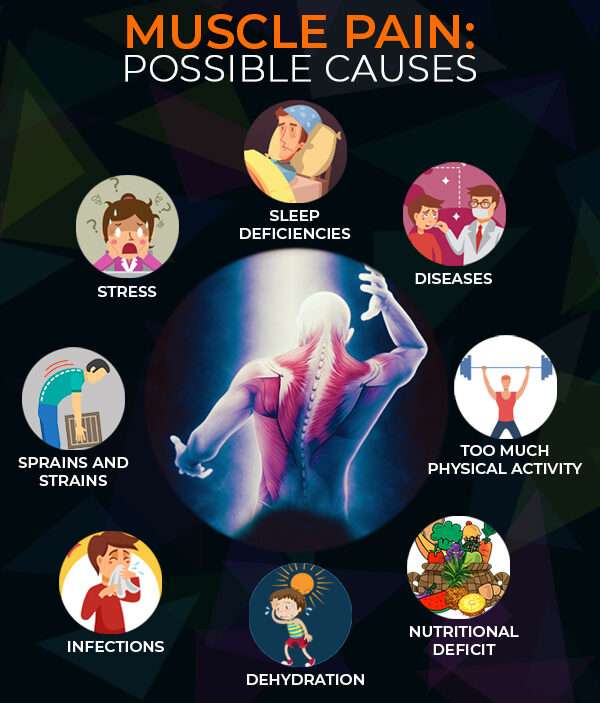Can Physical Therapy Really Help with Chronic Pain?

If you’ve been living with chronic pain, you’ve probably tried a few things already—medications, rest, maybe even injections. But when someone mentions physical therapy, your first thought might be: “That’s for injuries, not for constant pain like mine.”
Actually, physical therapy (PT) is one of the most effective, proven tools for managing chronic pain, and it doesn’t just treat symptoms. It helps rebuild strength, mobility, and function, giving you more control over your body and less reliance on medication.
Let’s break it down.
What is Physical Therapy, exactly?
Physical therapy is a form of care that uses movement, manual techniques, and education to help relieve pain, improve mobility, and prevent further issues. A licensed physical therapist works one-on-one with you to design a personalized plan based on: the type of pain you have (e.g., back pain, arthritis, fibromyalgia, neuropathy), your activity level and goals, your overall health and comfort level.
It’s not a one-size-fits-all approach—it’s tailored to your needs.

How Does It Help Chronic Pain?
Chronic pain often leads to stiffness, weakness, and deconditioning over time. That can make the pain worse—and start a vicious cycle. PT interrupts that cycle in several important ways:
Strengthens muscles that support painful joints
Weak muscles can cause poor posture and more strain. Strengthening these areas can relieve pressure and pain.
Improves mobility and flexibility
Many people with chronic pain move less, but that can cause tight muscles and more discomfort. PT helps you move in safe, gentle ways to loosen up.
Retrains how your body moves
Sometimes pain comes from how we sit, walk, or lift. PT can correct movement patterns that may be contributing to your pain.
Reduces dependence on medication
By managing pain naturally through movement and hands-on care, PT may help lower your need for painkillers or anti-inflammatories over time.
Boosts mental health and confidence
Pain can be isolating and frustrating. Physical therapy helps you set small goals, celebrate progress, and feel more in control of your body again.

What If Movement Makes My Pain Worse?
This is a common (and valid) concern. A good physical therapist will always start gently and work within your limits. The goal is to improve your function without flaring up your symptoms. Over time, many patients notice: less daily pain, increased energy, better sleep, a sense of hope they haven’t felt in a while
Physical therapy isn’t just about “exercising more.” It’s about learning how to move smarter, build strength, and reduce pain with guidance and support. If you’re living with chronic pain, it’s worth exploring PT as a key part of your treatment plan.
You don’t have to keep pushing through pain alone—relief might be just a few small movements away.
To get personalized guidance and support to manage your health effectively, consider making an appointment with Emed Multispecialty Group today. By staying informed, proactive, and engaged with your healthcare team, you can navigate these challenges and lead a healthy, fulfilling life.






